RPM Fluctuations: Faulty lambda sensor?
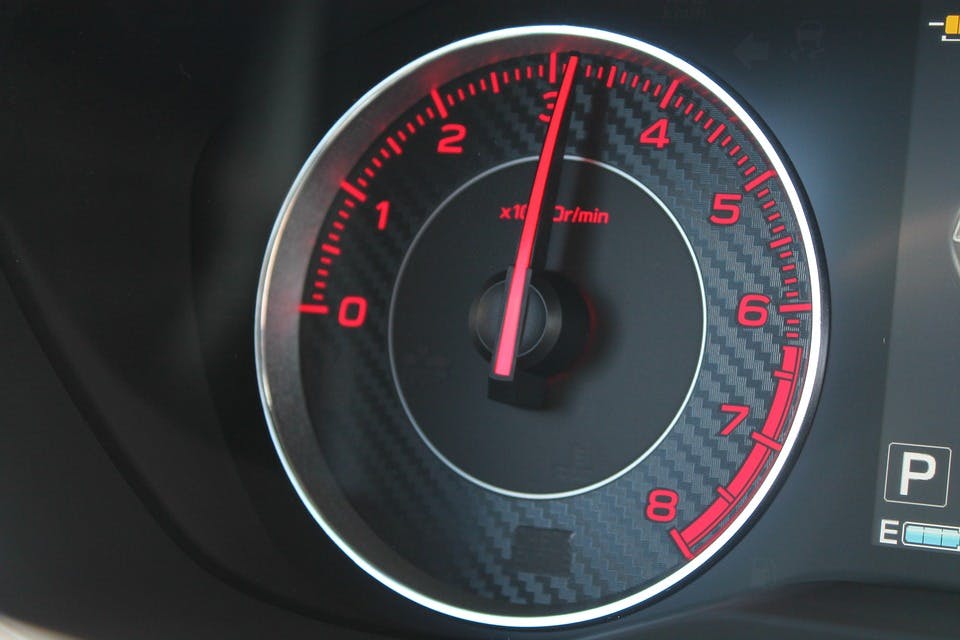
RPM fluctuations are not one of those things you can just wave your hand at and start dealing with only when the worst happens. There can be several different causes if your engine's speed fluctuates. Without a thorough inspection of the car and its condition, it is tough to determine the problem.
We have already covered the topic of RPM fluctuations in the past. However, this article will look at one of the specific causes of engine power fluctuations, the name of which you will surely know - a faulty lambda sensor.
Spis treści
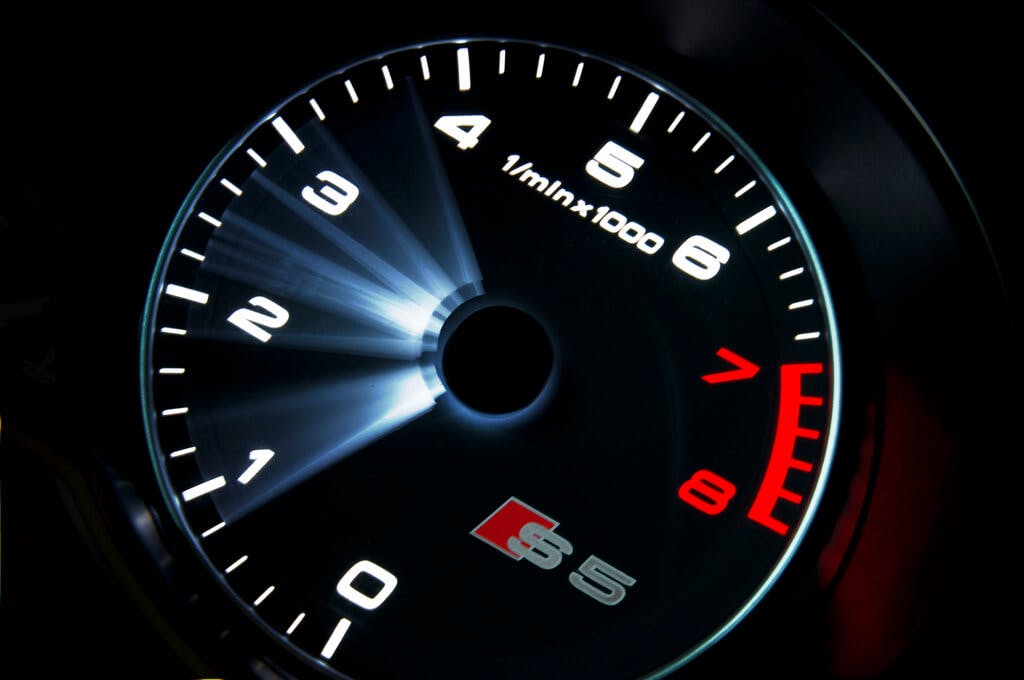
RPM Fluctuation While Driving: These are the 12 most common causes
What is a lambda sensor?

A lambda sensor, or lambda probe, is a sensor in the exhaust pipe that compares the air in the exhaust pipe with the air around the engine and creates an electrical signal based on a chemical reaction. The signal from the lambda sensor is processed by the engine control unit, which subsequently adjusts the ratio of fuel and air in the working space using the throttle valve and injectors.
This sensor used to be called the Bosch probe since the Bosch company was mainly involved in the development of this sensor. As mentioned, the control unit adjusts the fuel-air ratio based on the signal, such as the lambda ratio, hence the name lambda sensor.
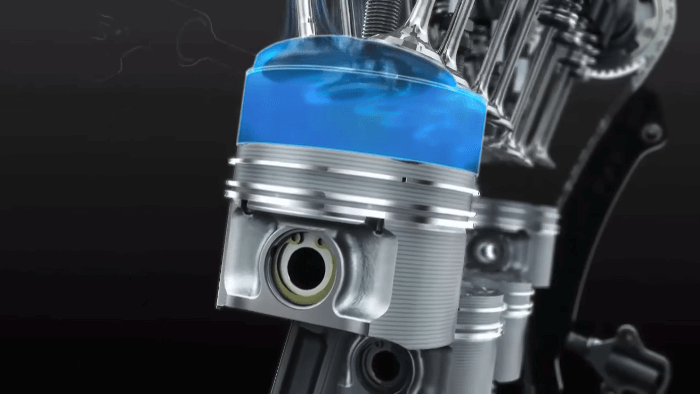
Stoichiometric mixture: What type of mixture it is?
If the lambda ratio equals 1, the stoichiometric ratio of fuel and air is used. For example, with ordinary gasoline (depending on its composition), approximately 14.7 kilograms (32.4 lbs) of air are needed for the perfect combustion of 1 kilogram (2.2 lb) of this fuel.
With diesel, 15 to 15.5 kilograms (33 to 34.17 lbs) of air are needed to burn 1 kilogram (2.2 lb) of fuel perfectly. If the lambda ratio is less than 1 (more fuel than air), we speak of a rich mixture, and conversely, in the case of a lambda ratio greater than 1, when we have less fuel than air, we speak of a lean mixture.
What lambda sensors can you come across?
Back then, gasoline engines made do with one lambda sensor behind the catalytic converter. However, with stricter regulations and emission standards, at least two lambda sensors began to be used - the second lambda sensor was placed in front of the catalytic converter and is also called the regulatory one.

European Emission Standards: What's their purpose?
Lambda sensors can have a different number of wires leading to them (1-4), but it all depends on the technology. Their development progressed over time, and we know several types of these sensors today. The oldest and simplest lambda sensors (referred to as simple in the 1970s) first had to be heated to operating temperature with the exhaust gas, which is inefficient and could take several minutes, depending on the outside temperature.
A decade later, heated lambda sensors were used, effective after only a few tens of seconds. However, the latest lambda sensors, also called planar sensors, can start a few seconds after starting the engine.
Increased fuel consumption and RPM fluctuations

If the lambda sensor has reached its end of life, you can start the engine, albeit with difficulty, but its performance and RPMs will fluctuate. In addition, the engine operation will be uncultivated, and in the worst case, an emergency mode may be induced with a lit engine warning light.
Due to the fact that the lambda sensor is exposed to an aggressive environment of exhaust gases and high temperatures, it can fail. If your lambda sensor fails too often, consider a higher-quality sensor or change the supplier.
If not, it is necessary to realize that it will wear out over time due to the mentioned environment in which the lambda sensor works.
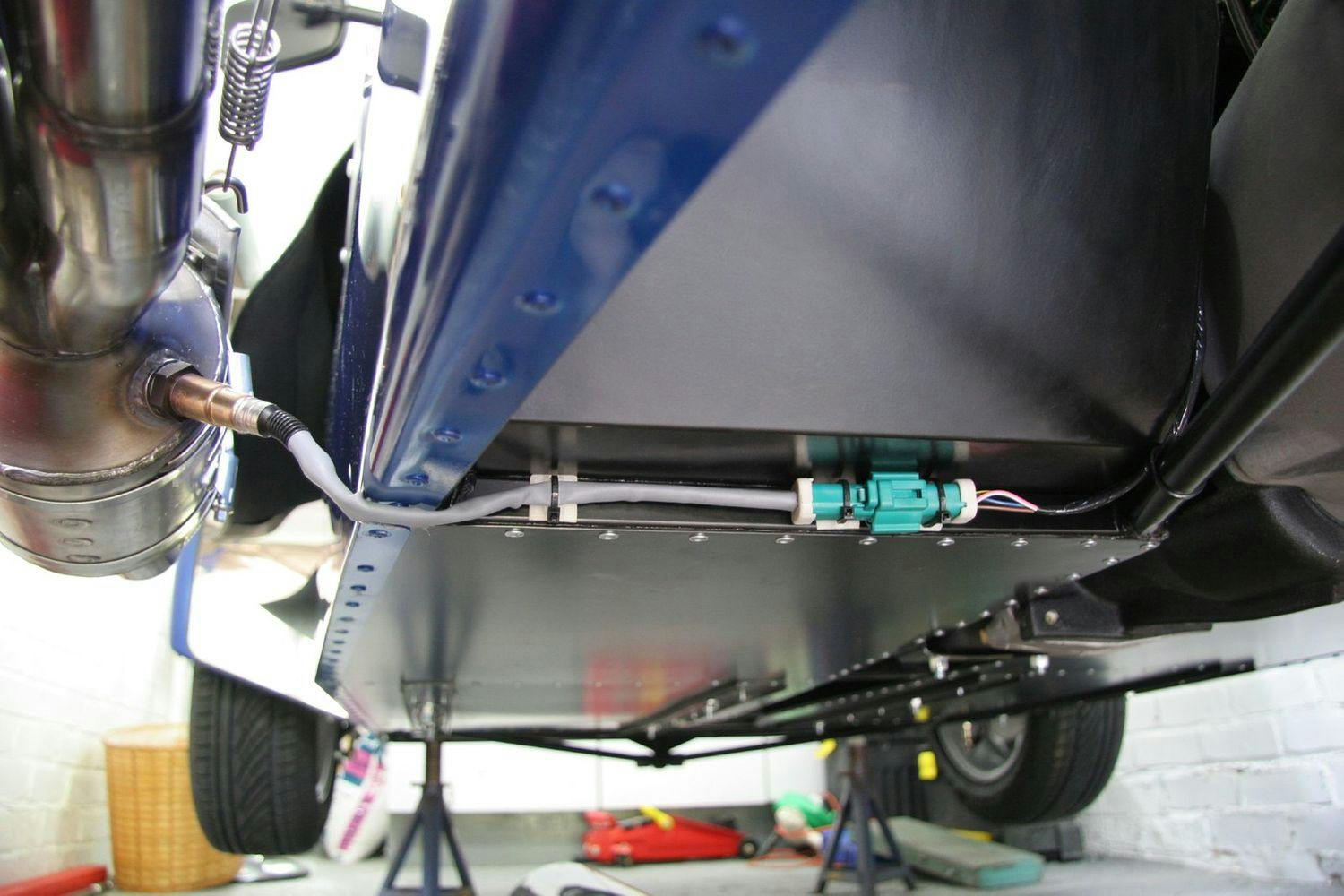
Lambda Probe Malfunction: What is the cause?
The illuminated warning light may not necessarily appear on the dashboard, and you may not recognize it when the engine is running. However, it may happen that your car's fuel consumption increases. This is because the lambda ratio is less than 1, or the mixture is richer than it should be. If so, you can detect the smell of fuel behind the car when the car is idling and the engine is warm.
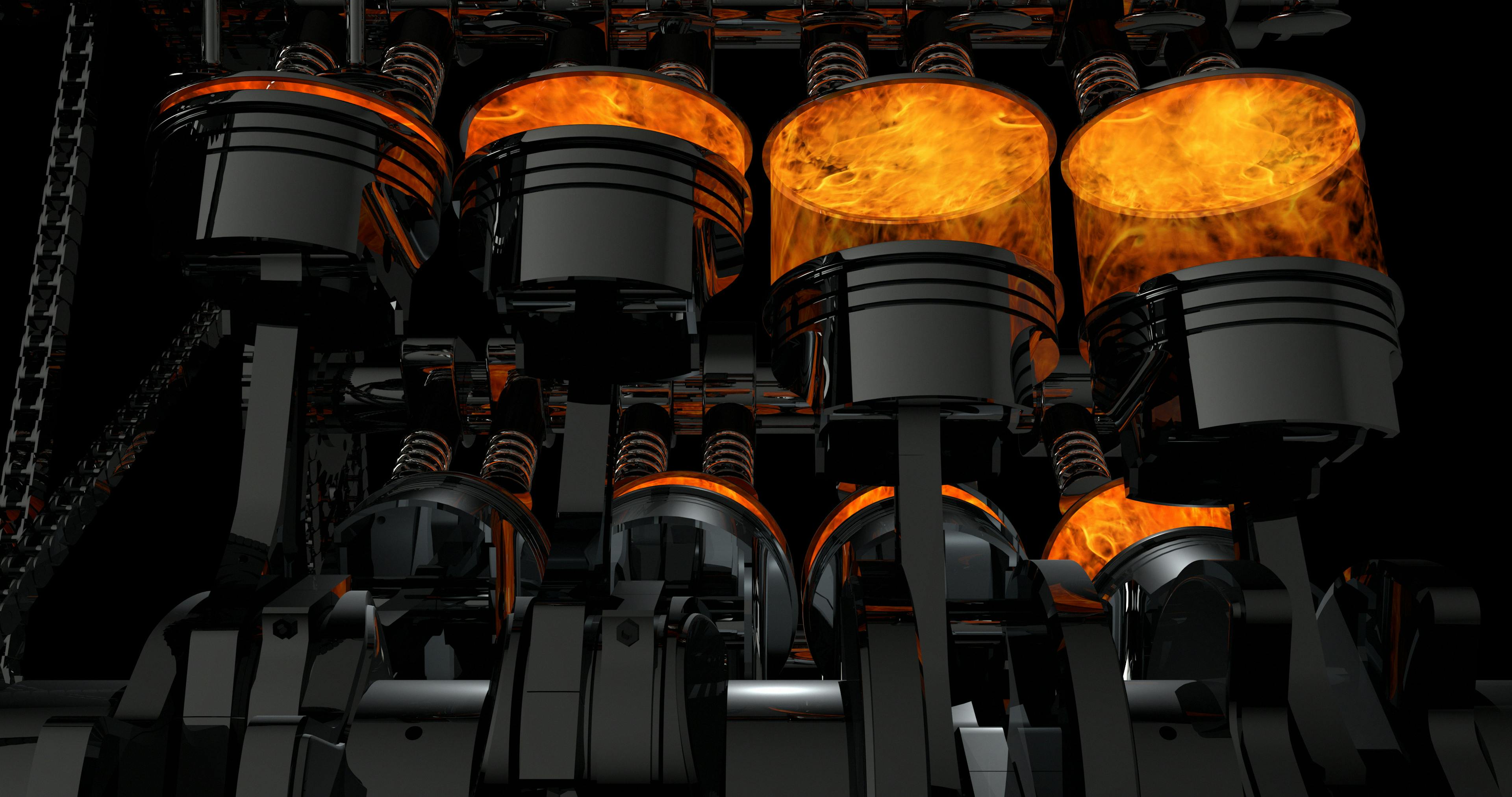
Remember that you do not lose power all at once but gradually, which is also why many drivers do not notice the decrease in power. However, you have to be careful about lambda sensor failure, not only because of increased fuel consumption and RPM fluctuations but also because of MOT.
If the lambda sensor is damaged, it is quite possible that your car will not pass MOT. And to make matters worse, a malfunctioning or damaged lambda sensor can also damage the catalytic converter in the long run, which is more expensive than replacing the lambda sensor.